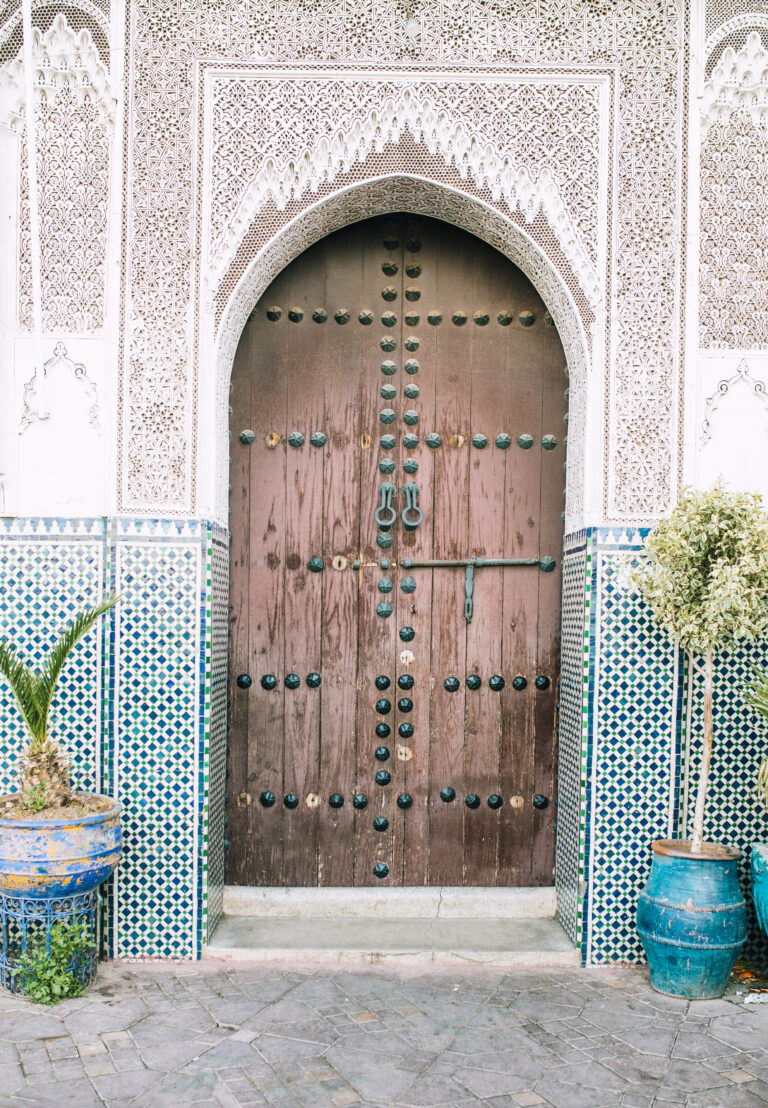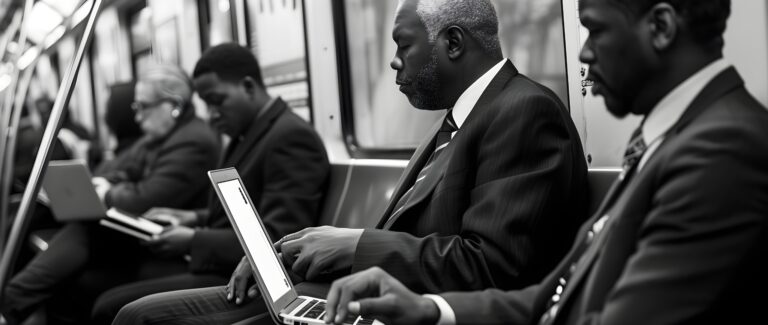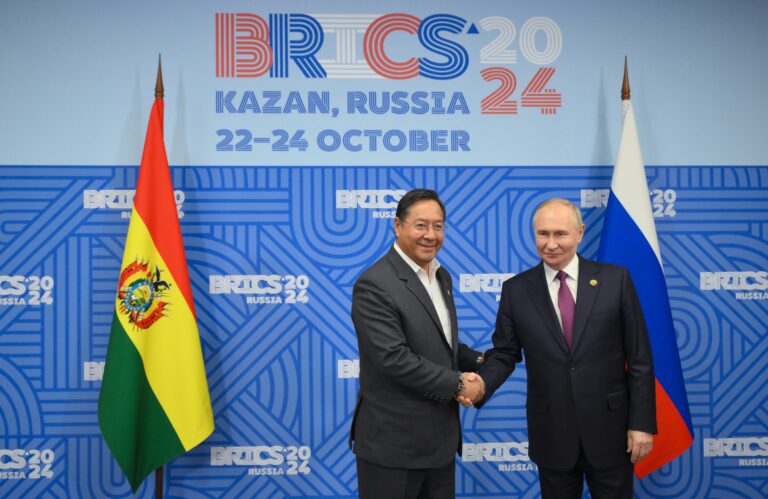In the Middle East, the United Arab Emirates (UAE) has become a shining example of socioeconomic change, defying long-standing patriarchal conventions while juggling the challenges of modernisation and cultural preservation. The UAE has implemented a number of progressive changes over the last few decades that have changed the socioeconomic landscape, particularly with regard to women’s rights, education, and economic empowerment. Despite ongoing difficulties, other Middle Eastern countries hoping to develop while maintaining their own cultural identities can learn a lot from the UAE’s path.
From Patriarchy to Progress: The UAE’s Social Transformation
Like a major portion of the Arab world, the UAE has historically been rooted in patriarchal customs that mostly restricted women’s roles to the home. Women’s engagement in public life was restricted by sociocultural norms, and they continued to have limited access to economic and educational possibilities. Nonetheless, a paradigm shift towards a more progressive and inclusive society has been fueled by the UAE’s ambitious growth objective, which has been expressed in frameworks like the UAE objective 2021 and the Centennial Plan 2017.
The development of clothing regulations is a concrete example of this advancement. A subtle trend towards individual freedom and expression is reflected in the fact that, although still a beloved cultural symbol, the traditional abaya is no longer required by law. A combination of political will and economic prosperity has enabled this slow shift in public perceptions. Initiatives supported by the government have been crucial in proving that state-led modernisation may promote long-lasting social transformation when it is carefully matched with cultural values.
Education: The Foundation of Social Change
The foundation of the UAE’s transition has been education. The UAE government acknowledged the value of human capital development as a pillar of modernisation as early as the 1970s. The UAE National Strategy for Higher Education 2030 states that remarkable advancements have been made as a result of large investments in educational policies and infrastructure. Women made about 70% of university graduates in 2022, and they were heavily represented in STEM fields, a pattern that is uncommon in other Middle Eastern nations (World Bank, 2023).
There have been significant socioeconomic repercussions from this emphasis on education. Traditional gender standards have been redefined as a result of women’s greater educational attainment, which has allowed them to enter professional and leadership roles. For example, the UAE Cabinet reached gender parity in 2021, with 50% of ministerial positions being held by women. This was a first for the region (UN Women, 2023). In addition to challenging established power structures, this kind of representation establishes a standard for other countries dealing with gender inequality.
Economic Empowerment and Gender Inclusion
The change of the United Arab Emirates is centered on economic empowerment. The government has put regulations in place to integrate women into the workforce after realising that inclusive economic growth is necessary for sustainability. Reducing the gender gap in all areas is the goal of the UAE Gender Balance Council, which was founded in 2015. Compared to less than 10% in the early 2000s, women now make up 29% of the UAE’s workforce (IMF, 2024).
Additionally, thanks to initiatives like the Women’s Economic Empowerment Global Initiative, women-owned enterprises are making a bigger economic contribution. The achievements of programs designed to foster female leadership are exemplified by notable Emirati women such as Reem Al Hashimy, Minister of State for International Cooperation. Such advancements strengthen economic resilience through diversity in addition to empowering women on an individual basis.
Navigating Challenges: The Persistence of Patriarchy
Despite significant advancements, patriarchal traditions are still prevalent in various fields, especially when it comes to domestic abuse and inheritance rights. Cultural stigmas frequently prevent reporting and seeking recourse, despite the UAE’s introduction of protective regulations, such as the 2019 Domestic Violence Law. Furthermore, the Personal Status Law still favors male guardianship, which causes conflict between contemporary legal systems and customs (Human Rights Watch, 2024).
It’s still difficult to strike a balance between tradition and modernity. However, the UAE’s readiness to address these problems through incremental reform demonstrates a larger dedication to social change. Other Middle Eastern countries pursuing change can benefit from this cautious yet forward-thinking strategy without offending conservative social groups.
Lessons for the Middle East
The UAE’s experience offers several critical lessons for the broader Middle East:
- Invest in Education: Education for both sexes must be prioritized if society and the economy are to progress. Countries should make high-quality education more widely available, especially in STEM subjects.
- Promote Economic Inclusion: Women must be actively included in economic policy in order to promote sustainable development. It is crucial to fund leadership development and entrepreneurship for women.
- Embrace State-Led Reform: Progressive change can be sparked while honoring cultural norms with strong political will and well-defined policy frameworks. In civilizations that are resistant to rapid change, top-down leadership is essential.
- Cultural Sensitivity: The pursuit of modernization must not come at the expense of cultural heritage. The UAE’s strategy, which combines modernity and heritage, shows that westernization need not be synonymous with evolution.
Conclusion
A sophisticated and contextually aware approach to modernity, the socioeconomic change of the United Arab Emirates strikes a balance between progressive reform and cultural preservation. Although there are still issues, the nation has made great strides in economic development, education, and gender equality. Other Middle Eastern countries can map out their own routes to inclusive and sustainable growth by studying and adopting the UAE’s approach. By doing this, they can promote cultures in which both men and women can prosper without compromising their cultural identities.





